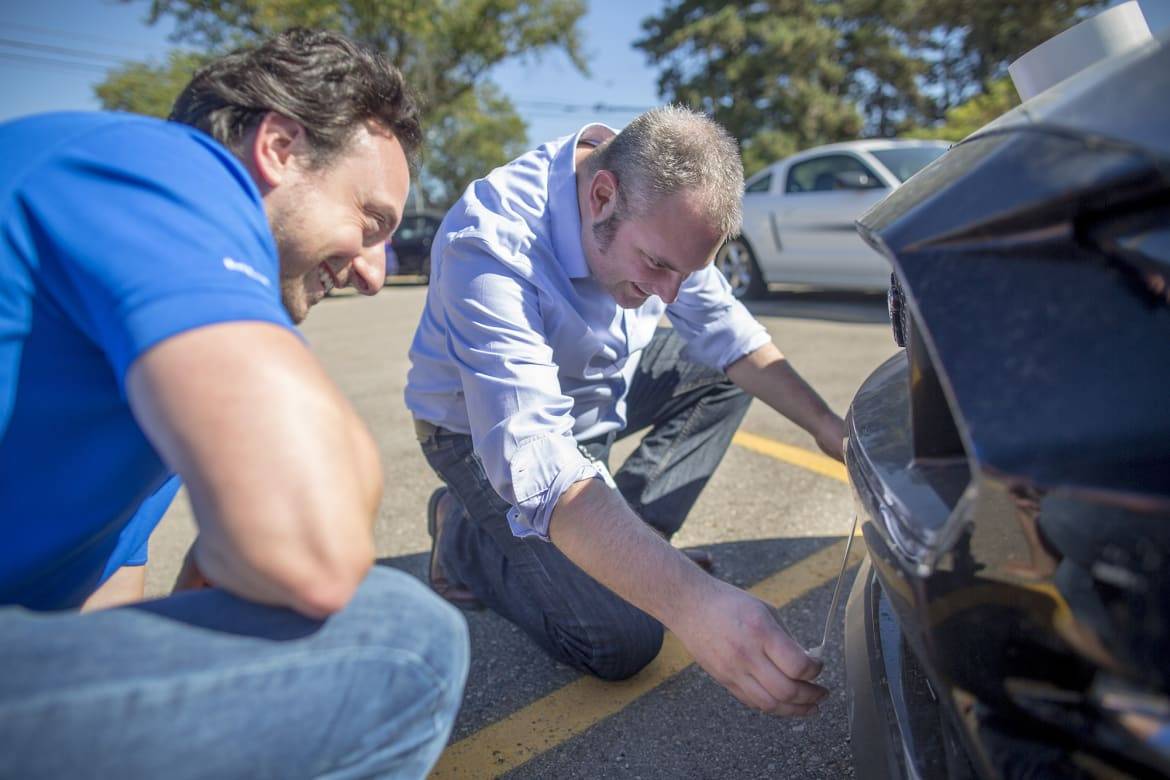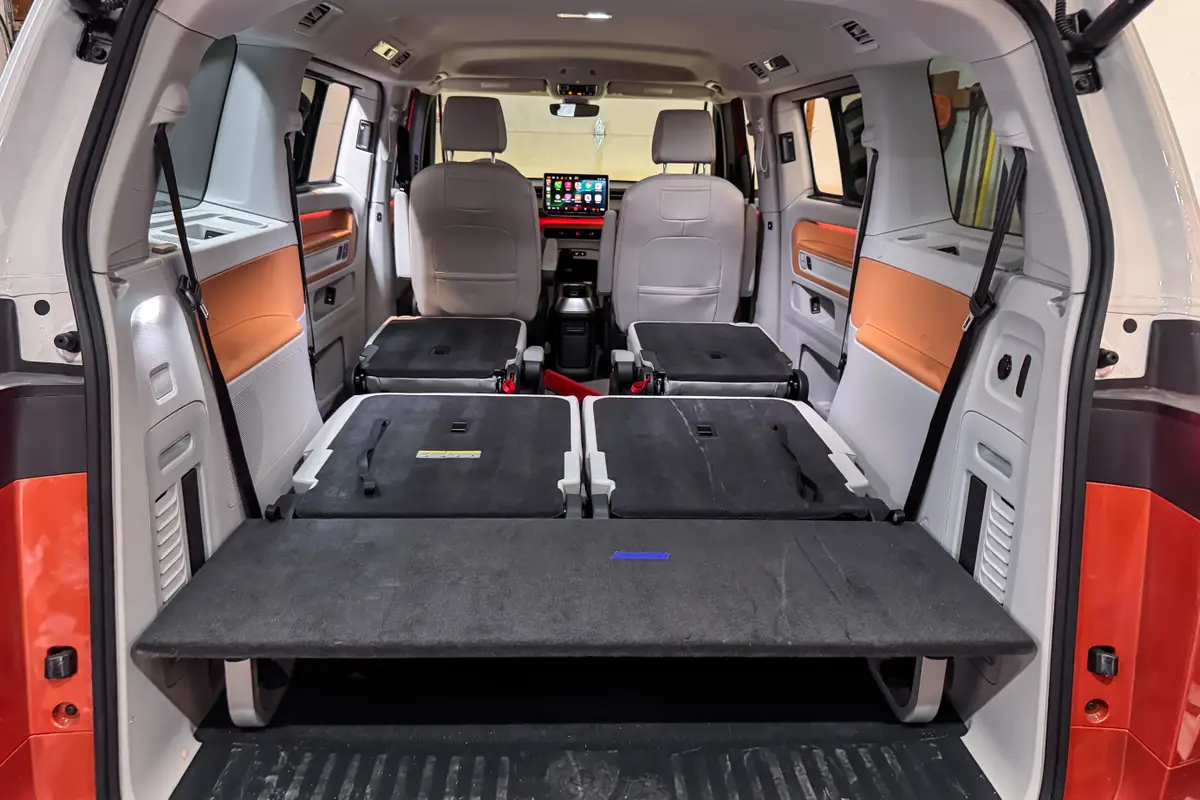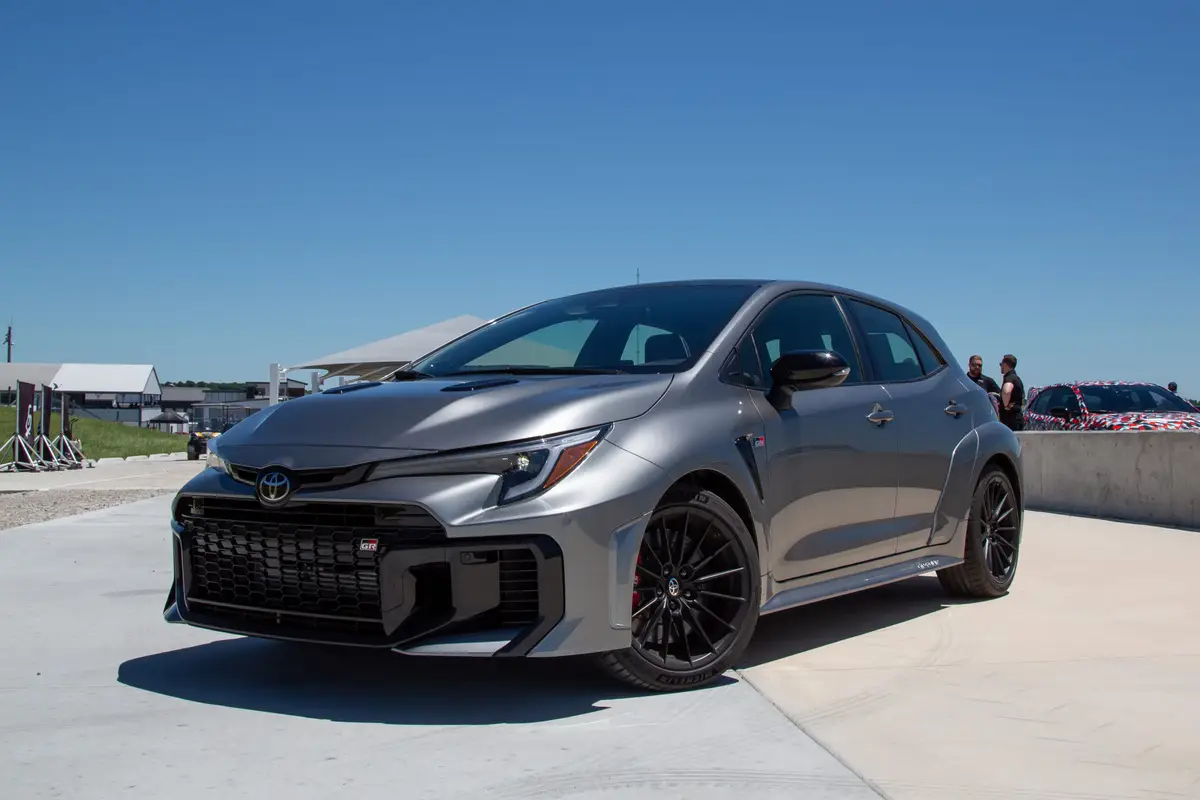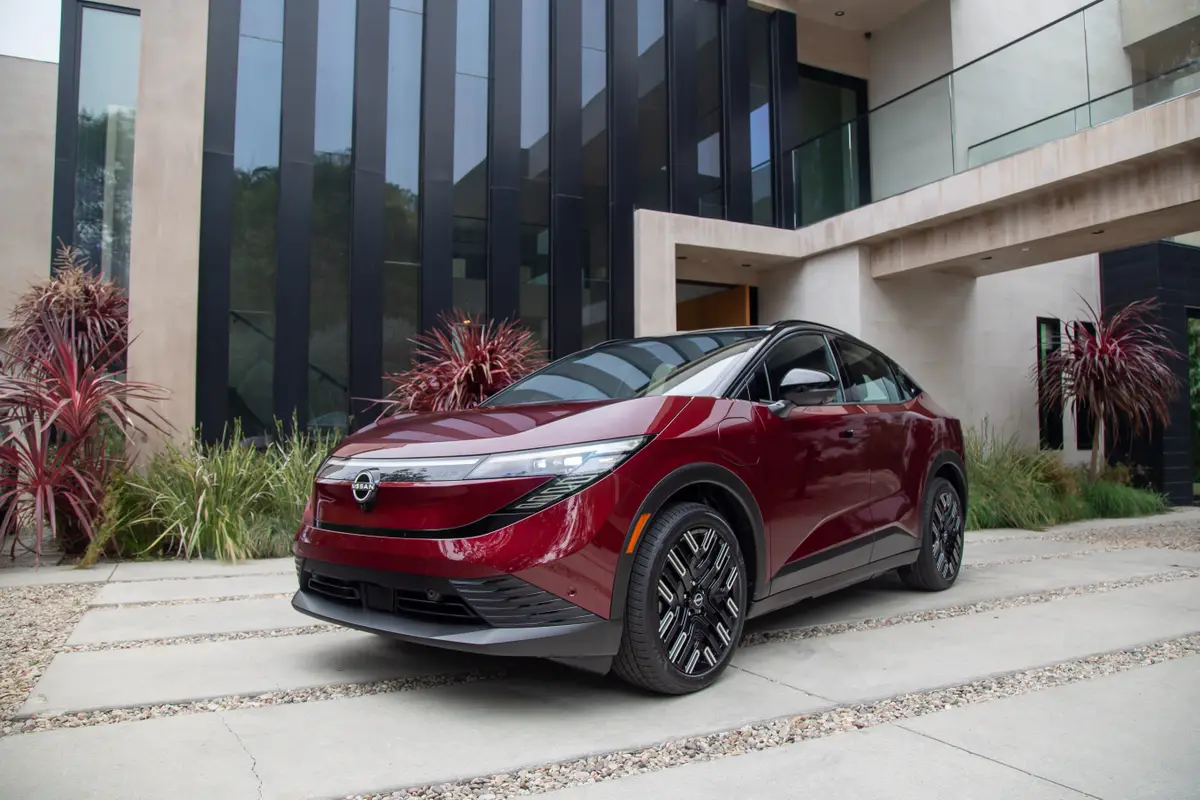2018 Ford Mustang's Aerodynamics Improved — by Duct Tape


CARS.COM — The 2018 Ford Mustang has been given a refresh rather than a full redesign, including many minor changes to the front end of the car. The nose is now almost an inch lower than previous models, and small tweaks have been made to the grille, headlights, front end and front fenders.
Related: 2018 Mustang Muzzles V-8 Growl to Be ‘Good Neighbor’
- ${price_badge()}
- ${ami_badge()}
- ${battery_badge()}${ev_report_link()}
- ${hot_car_badge()}
- ${award_badge()}
- ${cpo_badge()}
${price_badge_description}
${ami_badge_description}
The EV Battery Rating is based on this vehicle's current expected range relative to the vehicles expected range when new. ${battery_badge_text}
Certified cars are manufacturer warrantied and typically go through a rigorous multi-point inspection.
This car is likely to sell soon based on the price, features, and condition.
${award_blurb}
${award_two_blurb}
Shop the 2018 Ford Mustang near you


Ford engineers do most of their design work using computers, allowing for constant nips and tucks without the need to build each prototype. There are still physical prototypes for testing, of course — and sometimes the smallest thing can make all the difference.
In the case of the Mustang, the front-end changes mentioned above were tested and, despite computer modeling and wind-tunnel testing indicating otherwise, engineers reported that high-speed cornering behavior wasn’t ideal. The fix? A strip of duct tape placed vertically over the lower grille with the goal of reducing front-end lift.
Retesting the Mustang with the tape in place produced a better handling experience and led to further changes in the front-end design for the finished product. Ford claims an improvement in fuel economy of up to 5.6 percent with these new updates, with the added bonus that improved aerodynamics will also improve handling performance.
We’ll have to wait until we drive it to see what these changes have done to the 2018 ‘Stang. At the very least, maybe the Mustang won’t be a perennial threat (see below for some examples) to crowds while leaving car shows? (Note: It’s not actually the car that’s the problem in those instances — it’s the driver. Perhaps Ford engineers can use duct tape to ensure those people stick to the track instead of burning out on public roads surrounded by people.)

Road Test Editor Brian Normile joined the automotive industry and Cars.com in 2013, and he became part of the Editorial staff in 2014. Brian spent his childhood devouring every car magazine he got his hands on — not literally, eventually — and now reviews and tests vehicles to help consumers make informed choices. Someday, Brian hopes to learn what to do with his hands when he’s reviewing a car on camera. He would daily-drive an Alfa Romeo 4C if he could.
Featured stories




